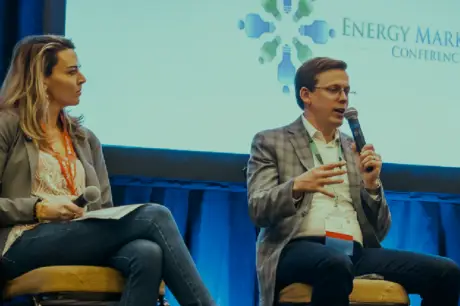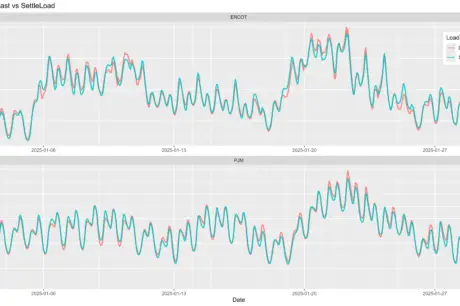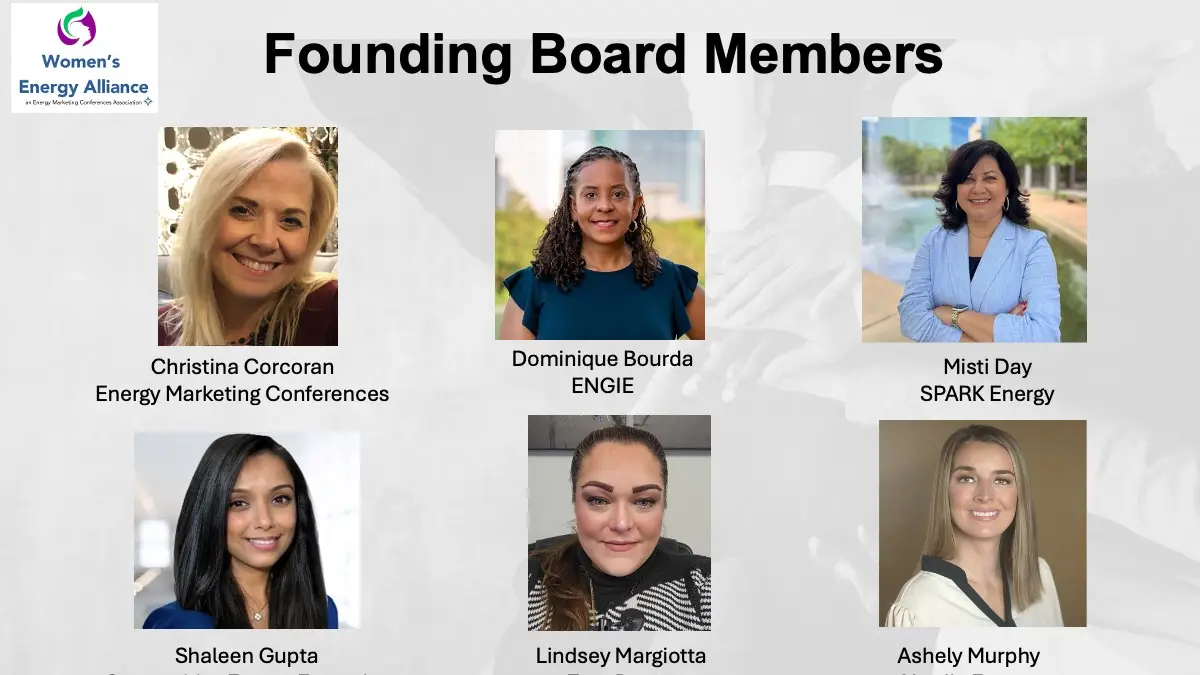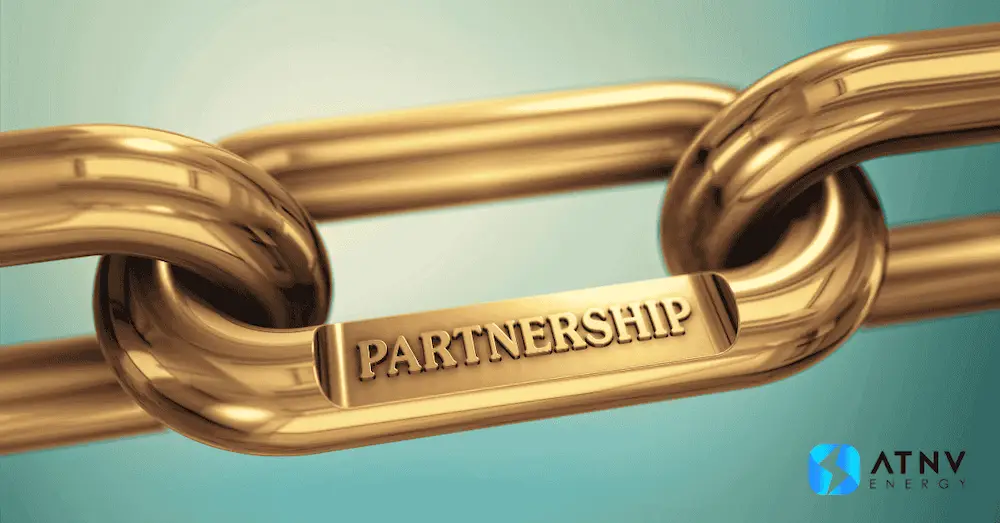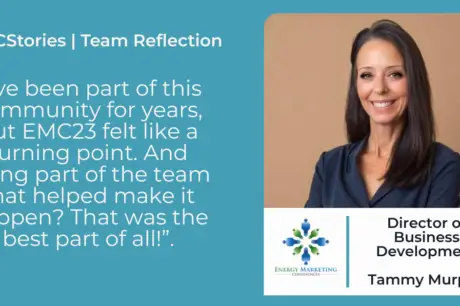Starting in early 2022, third-party cookies will no longer be allowed in Google Chrome and are already outlawed on Firefox and Safari web browsers. This change is causing many marketers to question how they will reach new audiences online.
Third-party cookies are currently used to target consumers with relevant digital ads across the internet based on past website visits, interests and behaviors. The tactic has been at the center of privacy concerns for years. Many consumers aren’t keen on the idea of their behavior being followed and information sold to third parties.
While many marketers are scared by the loss of tactics like programmatic retargeting, interruption marketing is less effective than the hype may lead you to believe. Ads placed using third-party cookie data are often served on irrelevant sites and the creepiness factor causes the majority of consumers to avoid engaging.
Smart marketers are using the looming loss of third-party cookies as an opportunity to refocus on more intimate or targeted channels like email and contextual advertising. They are questioning what they currently rely on and whether those tactics still make sense.
What they’re finding is that the need to reduce churn is amplified. Retaining current customers is essential when attracting new ones gets harder.
Customer Retention Through Digital Engagement
Marketing efforts in 2021 should be focused on fostering the customer relationships you already have and treating those buyers like gold. Prevent customer churn by focusing on retention.
The best medium for a direct connection with your audience? Email.
Email facilitates conversation and allows you to build a digital relationship with customers. But a true digital relationship goes beyond using email for monthly bills, outage alerts and generic promotions. Just sending an email doesn’t establish a relationship.
Your company should proactively use email to truly connect with customers. Listen to their needs and interests and deliver targeted, consistent and personalized digital messages to build long-term engagement.
6 Ways to Harness the Power of Email for Retention
Getting email communication right is hard. To do it well, remember that email at its heart is a relationship-building tool. Here’s what to keep in mind when using email for retention purposes:
- Respect the inbox – Having access to a customer’s email is not a right, it’s a privilege. Don’t bombard customers with promotional content and always follow CAN-SPAM guidelines. Focus on being helpful and engaging. Email isn’t just for promotional or transactional messages. A solid email strategy encompasses newsletters, education, account updates and more.
- Be helpful – Identify how your company can be useful to customers. What advice can you share, how can you educate them? Send regular news articles, videos and infographics with tips that help customers take control of their energy bills and stay informed. Leverage frequently asked customer questions, explore both simple and complex topics and provide useful answers in easily accessible formats.
- Set the stage early – Use a warm voice, not corporate, and set a conversational tone upfront. Send an onboarding series to new customers that builds a long-term digital relationship right away. Send a personal note from leadership or an account representative, explain payment options, share outage resources, provide helpful articles and set the stage for future communications. Performance metrics show that customers who engage with welcome messages open future emails from their provider at a 169% higher rate, including program promotions. Customers expect email communication when they sign up for service; don’t miss out on the chance to connect.
- Segment audiences – Email personalization is increasingly essential, with Millennials ranking it as more important than their older Gen X and Boomer counterparts. Grouping audiences based on demographics and interest can help you foster better relationships. Content needs and motivations for program participation differ between renters and homeowners or between residential and business customers. When you provide useful and relevant information to each group through segmentation, customers are more engaged, which helps boost retention. They can see that your business cares about their needs as an individual.
- Surprise and delight – Something as simple as an anniversary email can go a long way in improving customer happiness. Anniversary emails generate high open rates because they are personalized and engaging. Looking at Questline’s evaluation of over 400 million emails sent by energy utilities in 2019, anniversary email open rates were 89.1% higher than the average email open rate.
- Testing – Figure out what your customers like most with A/B testing. Experiment with how you talk to different audiences and learn which messages and formats resonate. Test subject lines, images, calls to action and content. Pay attention to open and click rates to uncover what your customers want more of.
Establishing a digital relationship with your customers has never been more important than it is today. With a growing number of energy options and fewer acquisition channels, it’s essential you give customers a reason to stick around.
Bethany Farchione is Marketing Director at Questline, a content marketing agency.
Photo by Tijana Drndarski on Unsplash




